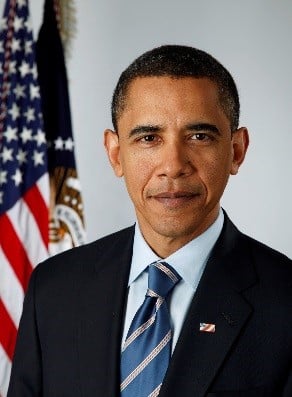Quantifying the President: State of the Union Language Trends

With President Obama giving a speech in our home of Austin, TX this week, we became curious: how has his communication changed since he was first sworn in to office?
After 5 years in office, is he more confident? Is he more optimistic? Is he more positive?
What We Did
To find out, we performed a trending analysis of the language from all of Mr. Obama’s State of the Union addresses.
What We Found:
- Mr. Obama’s 2014 State of the Union address contained 25% less language displaying confidence than his 2009 address. Research shows that communication which provides insight into how and why decisions were made increases the level of perceived confidence from a speaker. In 2014, Mr. Obama provided 20% less insightful language than in 2009.
- In spite of the lower levels of confidence in his communication, Mr. Obama consistently displayed high levels of optimism. In 2009, his optimism score was 68.0% and in 2014, his optimism score was 68.6%. His high levels of optimism were primarily driven by an increase in the positive emotion he displayed.
- Mr. Obama is steadily becoming more positive in his language. Mr. Obama’s 2014 State of the Union address contained 49.7% more instances of positive language than his 2009 address.
- Generally, Mr. Obama showed consistency in his language throughout his two terms in office. His language clarity is slightly less than average, at 45.4% in 2009 and 49.8% in 2014. In 2009, his storytelling score was 52.8% and in 2014, his score was 52.6%.
- However, another key difference between Mr. Obama’s 2009 and 2014 language was the grade level at which he spoke. Based on word and sentence length, in 2009 you would have needed 10.3 years of school to fully comprehend the President’s content. However in 2014, 8.5 years of school would have sufficed. This result echoes our previous analysis of the complexity of the President’s content during the 2012 election debates.
Trending language analyses are valuable because they provide a big picture perspective and a measure of consistency over time. In our case, we are able to see how the President’s language has changed (or stayed the same) from his first days in office, to today.
